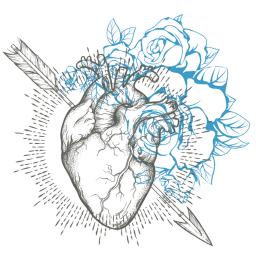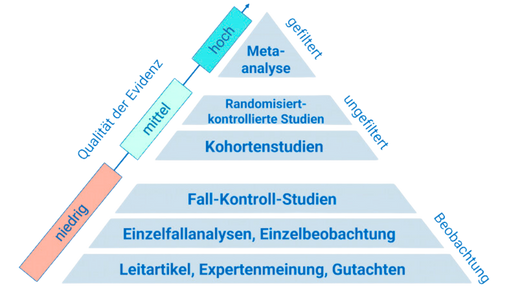“The posture of a Buddha!” exclaims the yoga instructor during the Hollywood back training. One might think that the Dalai Lama himself has appeared to share the secret of perfect balance. In fact, the ancient Chinese art of movement - Tai Chi - resonates in our modern times as an inspiring answer to the quest for a majestic posture. Whether famous actors or traditional sages, everyone wants to walk through life upright, not least because good posture is not only externally attractive but also health-promoting.
Most of us know that good body posture is not only aesthetically pleasing but also a key factor for a healthy life. An upright posture helps to correctly position the spinebony structure of our back that forms the central support system and ensures that our internal organs are in the right place. Such balance can reduce back pain caused by excessive strain. However, a widespread problem in our modern world is the lack of movement and the increased use of screens, leaving many people in an unhealthy kyphosishunchback - a condition that can have long-term negative effects on health.
Properly executed physical activity, especially in the areas of posture correction and back strengthening, can have transformative effects on our health. Tai Chi, in particular, has proven to be highly effective in improving balance, flexibility, and posture. Studies show that Tai Chi results in significant improvements in balance as well as muscular strength and endurance [1], [2]. This is not only important for older adults, who can maintain their mobility and independence longer, but also for younger people who want to counteract the increasingly prevalent sedentary lifestyle. The art of Tai Chi requires its practitioners to align both mind and body through slow, flowing movements, ultimately leading to better posture and an enhanced overall quality of life.
A study by [1] showed that participants who practiced Tai Chi regularly achieved significant progress in balance, muscular strength, and flexibility over a period of twelve weeks. With a sample size of 39 Chinese adults, who already had cardiovascular risk factors, this study offers specific insights but is limited by its small size and demographic group. Another study [2] supports these findings, showing that alongside improvements in physical fitness, mental and emotional benefits were also observed. Both studies compellingly demonstrate the health benefits of Tai Chi and provide a solid foundation for its use as part of a holistic health program.
For those looking to strengthen their posture at home, the following recommendations may be useful:
1. Start with Tai Chi: Begin with simple Tai Chi exercises and try to incorporate them into your routine three times a week for 20-45 minutes. This not only improves your physical balance and flexibility but also refreshes the mind [1], [2].
2. Be mindful of your posture: Use mirrors or recording devices to observe yourself while practicing and correct your posture [3].
3. Use safe exercise equipment: Avoid the use of inappropriate or unsafe equipment to prevent injuries. When purchasing equipment, look for quality certifications and safety instructions [4], [5].
4. Regular stretching: Always end your training sessions with a calm wind-down or stretching exercises to reduce muscle stiffness and improve flexibility [6].
The journey to an impressive posture begins at home. By practicing mindful exercises like Tai Chi and adhering to healthy habits, you can improve your overall posture and well-being. While we rely on scientific evidence as a guide, it ultimately comes down to you to apply these insights in practice and benefit from the long-term health advantages.
This health article was created with AI support and is intended to help people access current scientific health knowledge. It contributes to the democratization of science – however, it does not replace professional medical advice and may present individual details in a simplified or slightly inaccurate manner due to AI-generated content. HEARTPORT and its affiliates assume no liability for the accuracy, completeness, or applicability of the information provided.














